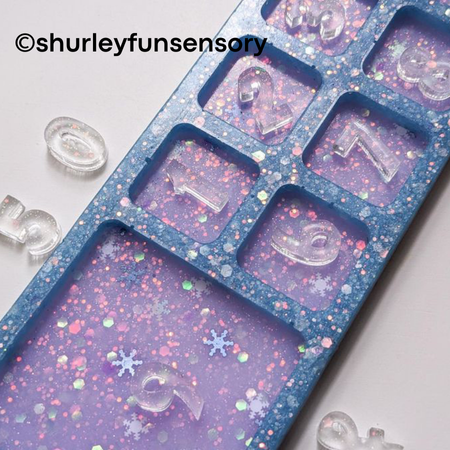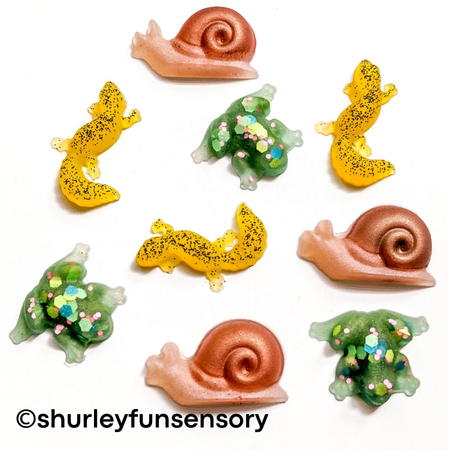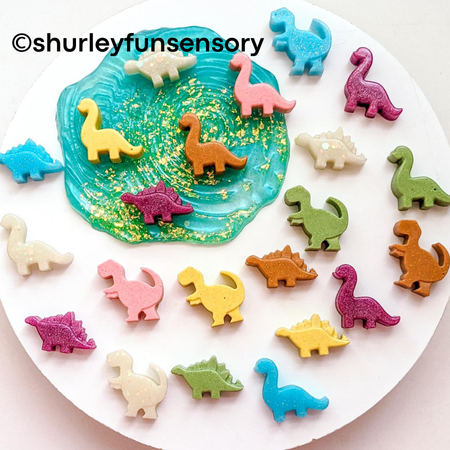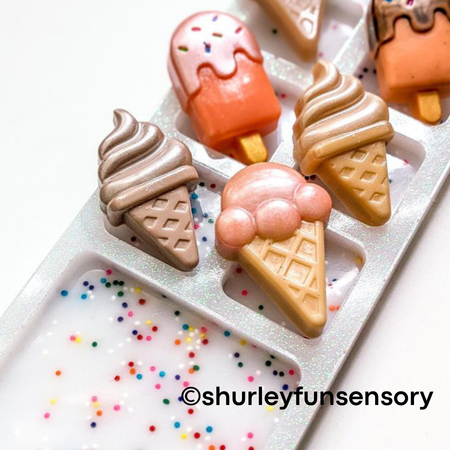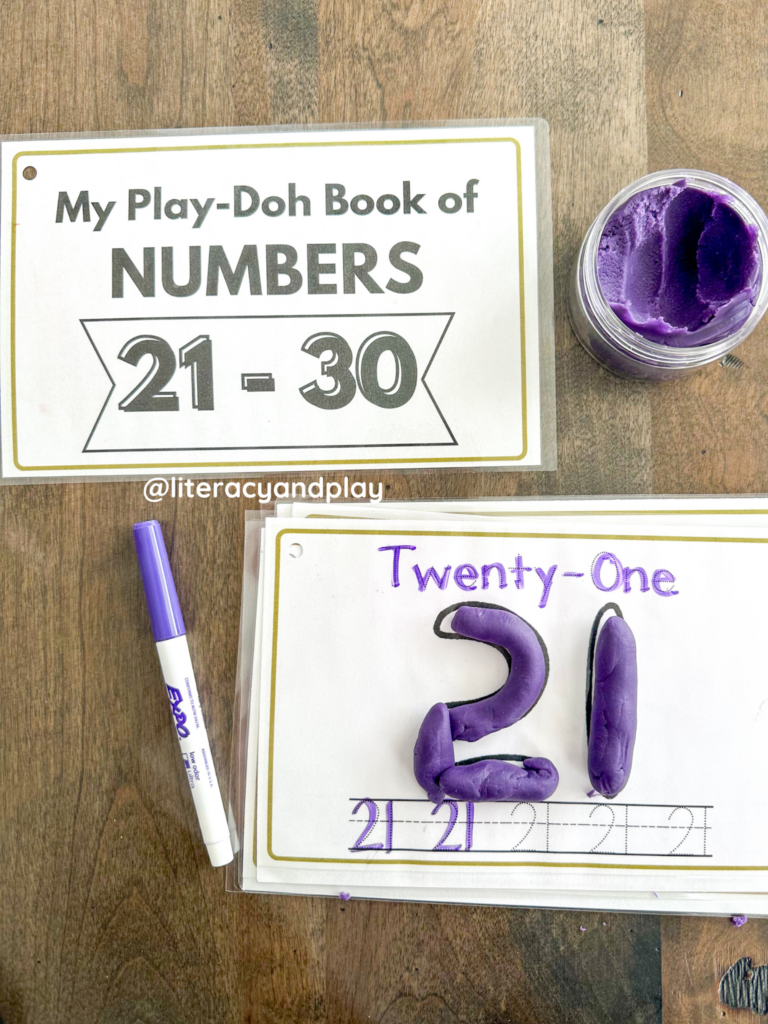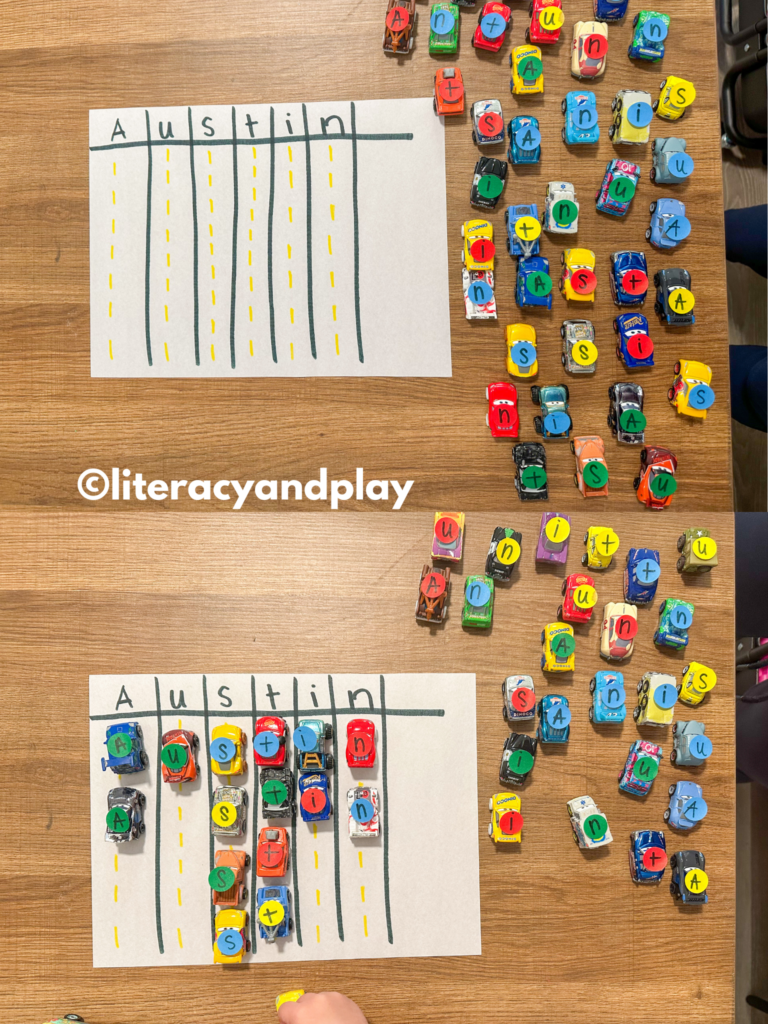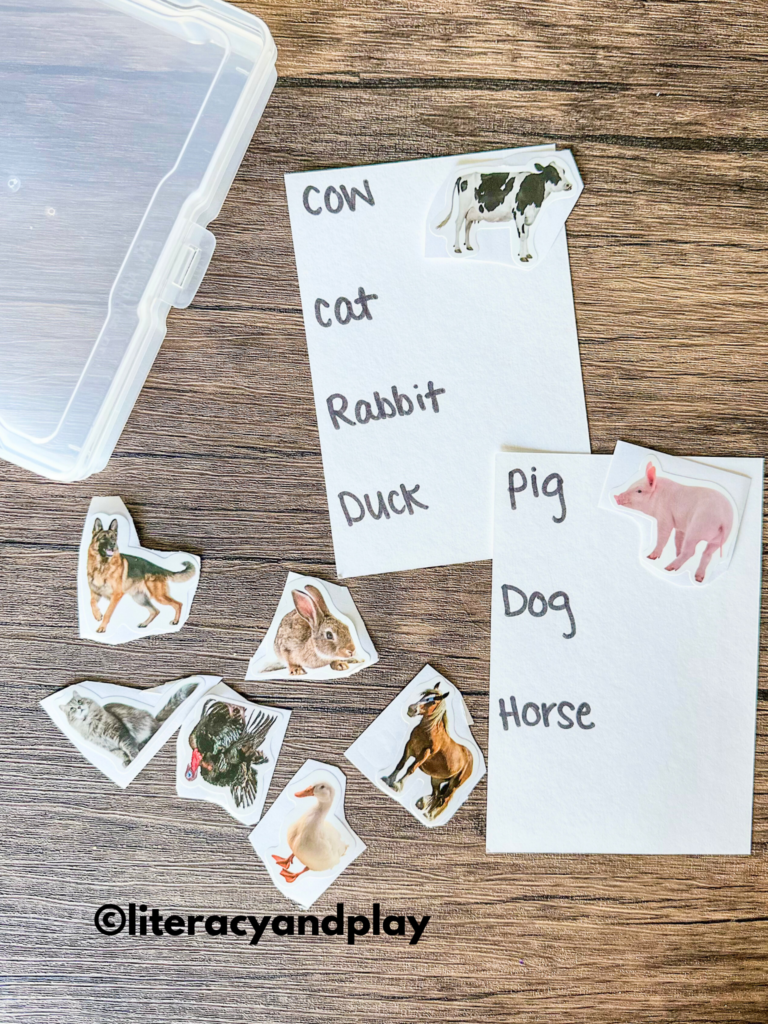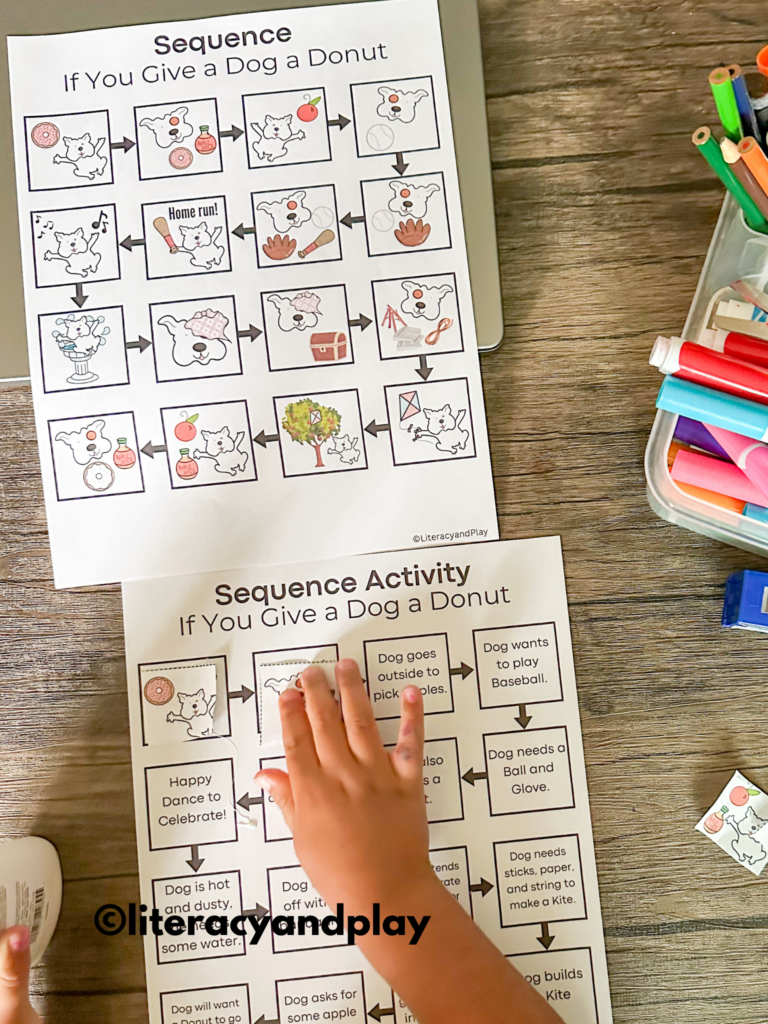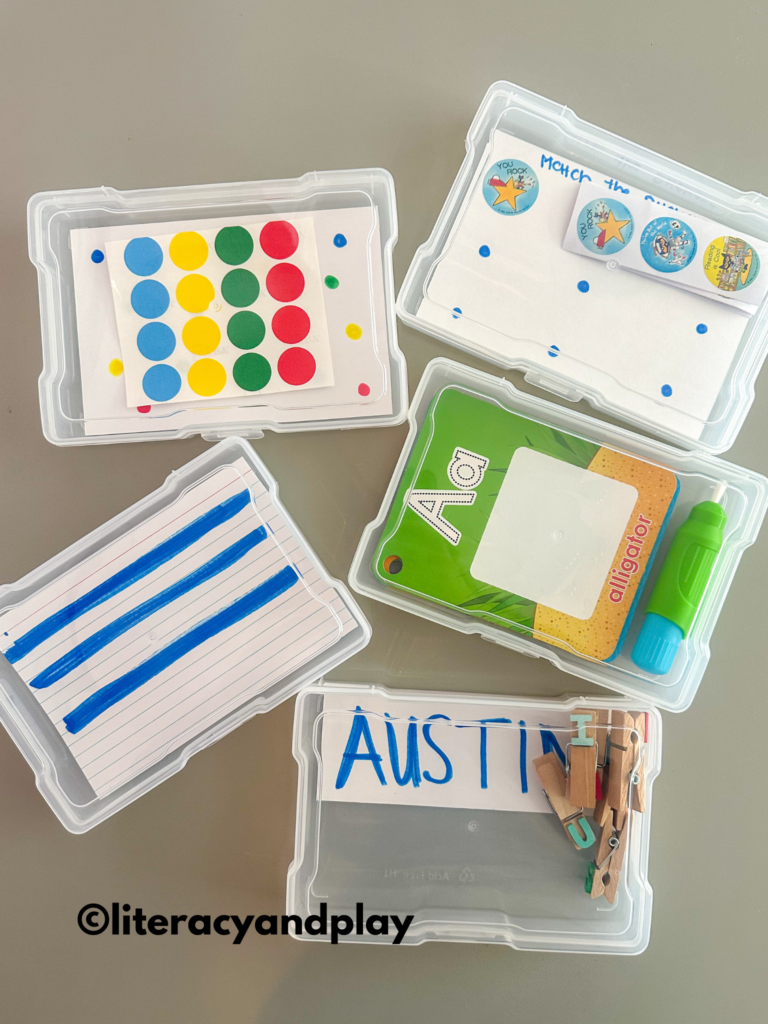Are you searching for an easy way to introduce addition to your child? I will show you how to create simple play-based addition activities for a 5-year-old.
This site may contain affiliate links, view the disclosure for more information.
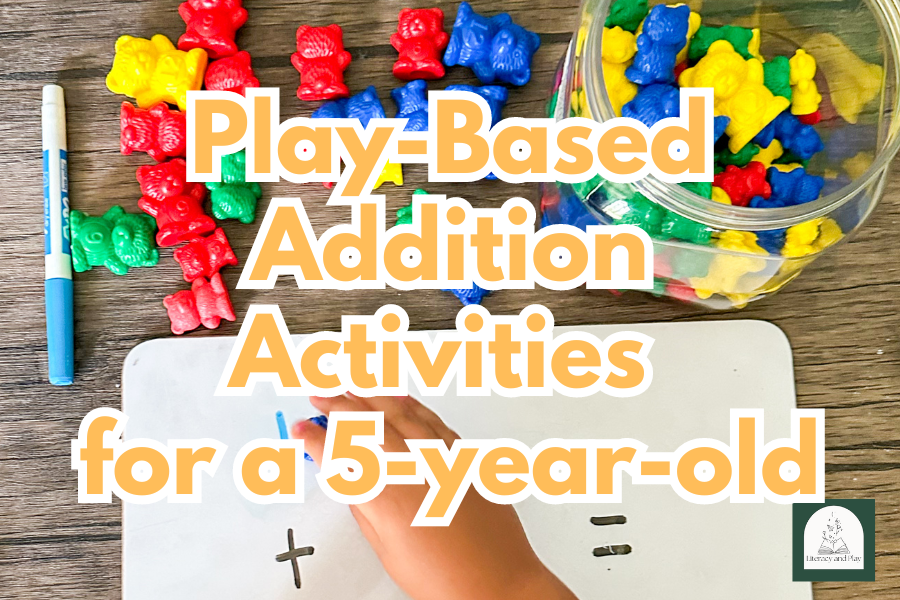
Backstory on why I want to share these simple play-based addition activities. We are currently using the Singapore Math Dimensions Curriculum and finishing the second part of the curriculum.
I am still learning what works for my child as we head into our Kindergarten Homeschool year. I am for connection > curriculum.
One of the lessons in the second part of the curriculum is an introduction to how to add. I decided to put away the curriculum and create play-based learning addition activities for her.
Below are the activities I created for my child to help her understand how to add. I hope these inspire and help you teach your child how to add.
This blog post is all about Play-Based Addition Activities for a 5-year-old.
3 Addition Activities for a 5-year-old
Supplies or items you can use as visual counters:
- Counting Bears
- MathLink Cubes
- Wooden Small Items
- Can be found at Michael’s Craft Store or Hobby Lobby
- Loose Parts
- Tinker items around the house
- Cheerios
- Resin items
If you are looking to support a small business:
Check out @shurleyfunsensory on Instagram and her resin shop! She has a lot of fun resin items that can be used for learning math at home!
From personal experience, I started my daughter with numbers that made 5. Once she understood the concept, I increased it to the numbers that made 10. Slowly increment when your child is ready.
Counting Bears
Supplies I used:
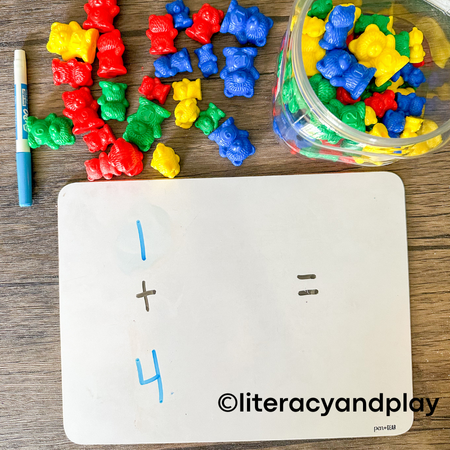
On the dry-erase board, I wrote down the math problem: “1 + 4 = “.
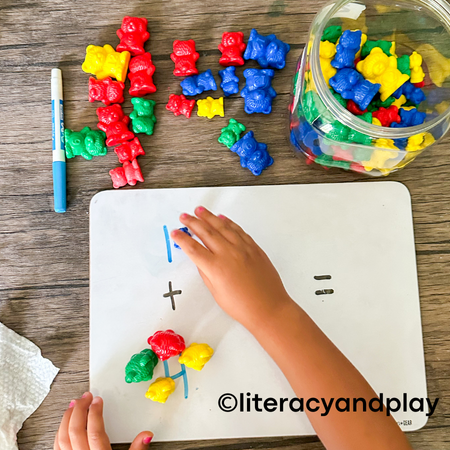
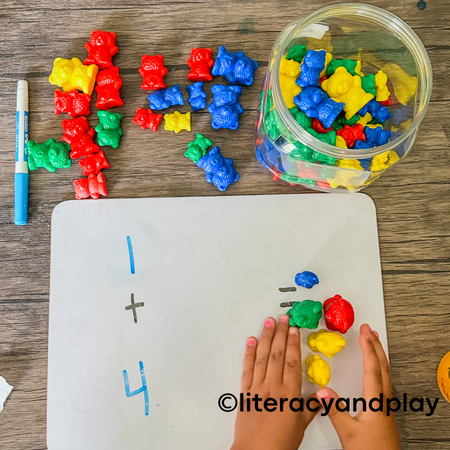
Then, I had my daughter use the little bears to show what 2 and 1 are. Lastly, I asked her what number makes the little bears altogether.
MathLink Cubes
Supplies I used:
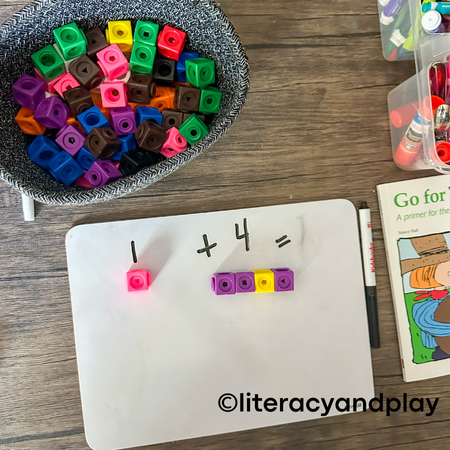
On the dry-erase board, I wrote down the math problem: “4 +1 = “.
Then, I had my daughter use the MathLink Cubes to show what 4 and 1 are. Lastly, I asked her what number makes the MathLink Cubes altogether.
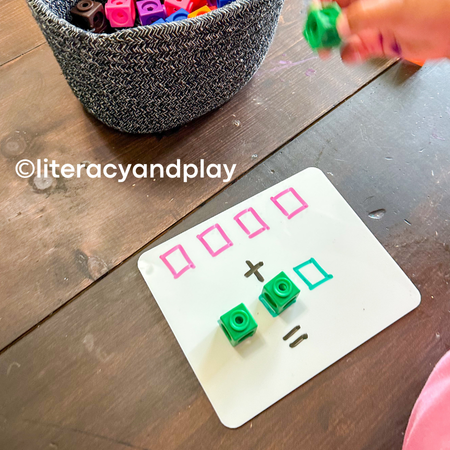
A second way to use MathLink cubes is by drawing the colored squares on the dry-erase board.
In the picture, I drew 4 pink squares + 3 green squares. Then, I had my daughter place the squares in the empty spaces and have her count the squares altogether.
This blog post was all about Play-Based Addition Activities for a 5-year-old.
